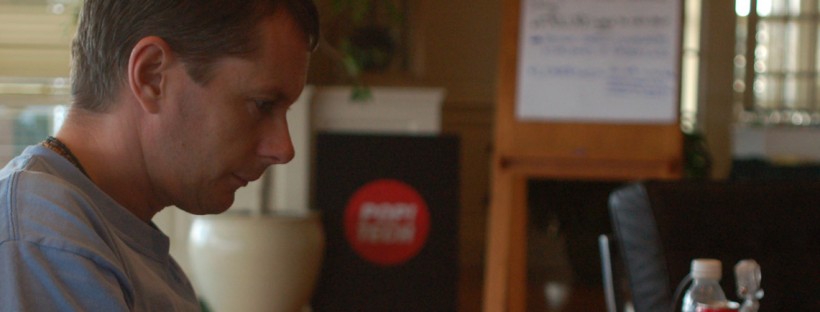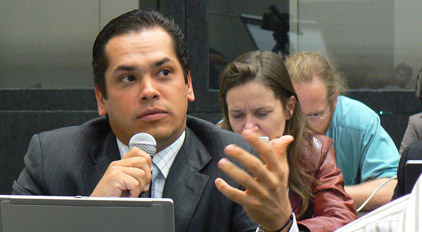Do the majority of people working in “mobiles for development” work in mobile, or development? It may seem like an odd question, but how people approach “m4d” may have more of an impact on success or failure than we think.
The world of social mobile isn’t short of anecdotes. “Put the user first”, “Consider the technology only at the very end”, “Don’t re-invent the wheel” and “Build with scale in mind” are just a few. Ignore these and failure won’t be far around the corner, we’re told. But maybe we’re missing something here. Sure, there’s a growing number of ‘best’ practices, but one thing we rarely seem to question are the very credentials of the project origin itself.
Everyone from donors to project managers and technologists to journalists are keen to identify traits or patterns in ‘failed’ mobile projects. Many of their conclusions will point to poor planning, poor technology choice or lack of collaboration, but sometimes the biggest failure may have taken place long before anyone got near a mobile phone.

What I wonder is this. Do we know what ratio of “m4d” projects are initiated by development practitioners (or sectoral experts in health, agriculture, conservation and so on) as opposed to mobile technologists, and what impact does this have on the success or failure of the project? In other words, if the problem solver is primarily a mobile technologist – the “m” part of “m4d” – then you might assume they have much less understanding of the on-the-ground problem than a development practitioner or sectoral expert might – the “d” part.
Does this bear out in reality? If failure does turn out to be higher among technologists then this is a relatively easy problem to fix, whereas many of the other perceived reasons for failure are not. It’s all about getting back to basics.

(Click here for more observations on mobile development).
I’ve always maintained that the people closest to the problem have the best chance of coming up with a solution, and this probably bears out in many cases, particularly in the ICT4D field. Ushahidi, started by Kenyans to solve a Kenyan crisis – and DataDyne, a health-based data collection solution designed by a paediatrician – immediately spring to mind. In these instances, being up-close and dirty with the problem came well in advance of any technology-based solution to it. The same goes for our very own FrontlineSMS initiative, borne out of a series of visits to South Africa and Mozambique back in 2003/2004.
In any discipline, the greater the rate of innovation the greater the problem of focus, and mobile is no exception. As Bill Easterly put it in a recent post in response to questions from students about how they might help “end world poverty”:
Don’t be in such a hurry. Learn a little bit more about a specific country or culture, a specific sector, the complexities of global poverty and long run economic development. At the very least, make sure you are sound on just plain economics before deciding how you personally can contribute. Be willing to accept that your role will be specialized and small relative to the scope of the problem. Aside from all this, you probably already know better what you can do than I do
This is great advice, and not just for economists. If mobile and health is your thing, focus on health and get very good at it. If it’s mobile and agriculture, or mobile and election monitoring, do the same. Whatever your area of interest, get out and understand the issues where they matter – on the ground – and don’t get totally sidetracked by the latest trends, technologies or disciplines. Whatever the reason for your interest in ‘mobiles for development’, make sure you don’t forget the importance of understanding the ‘development’ bit.
Focus is highly underrated, and often debates around technology choice, open source, challenges of scale and “understanding your users” are distractions from a much-less discussed but equally vital question. And that’s this.
“Who’s best placed to run a successful “m4d” project – the m‘s or the d‘s?”.





